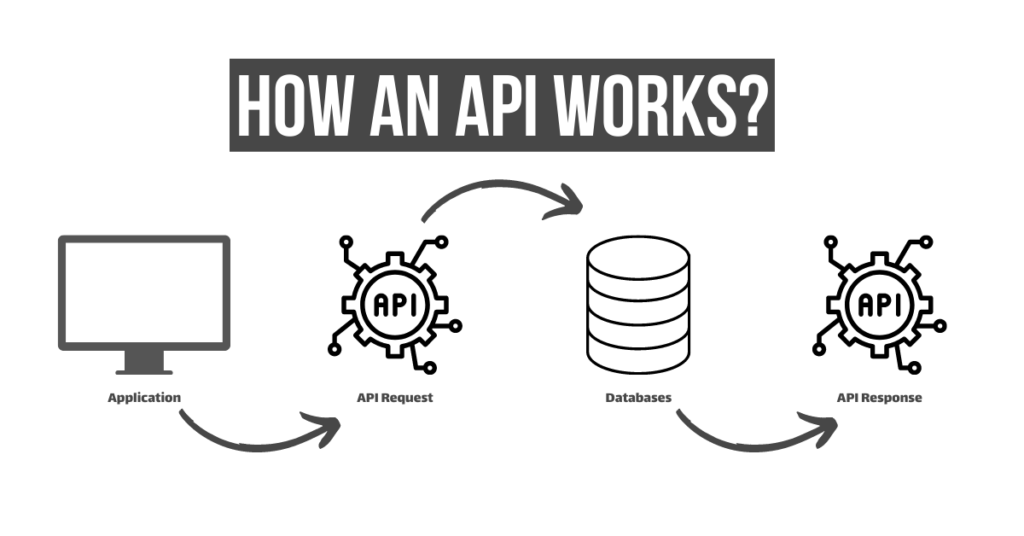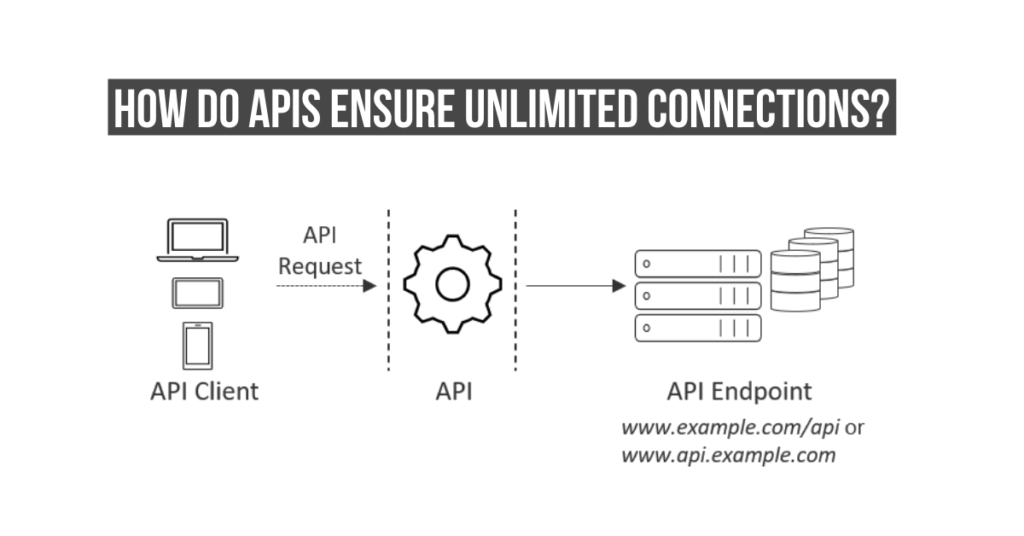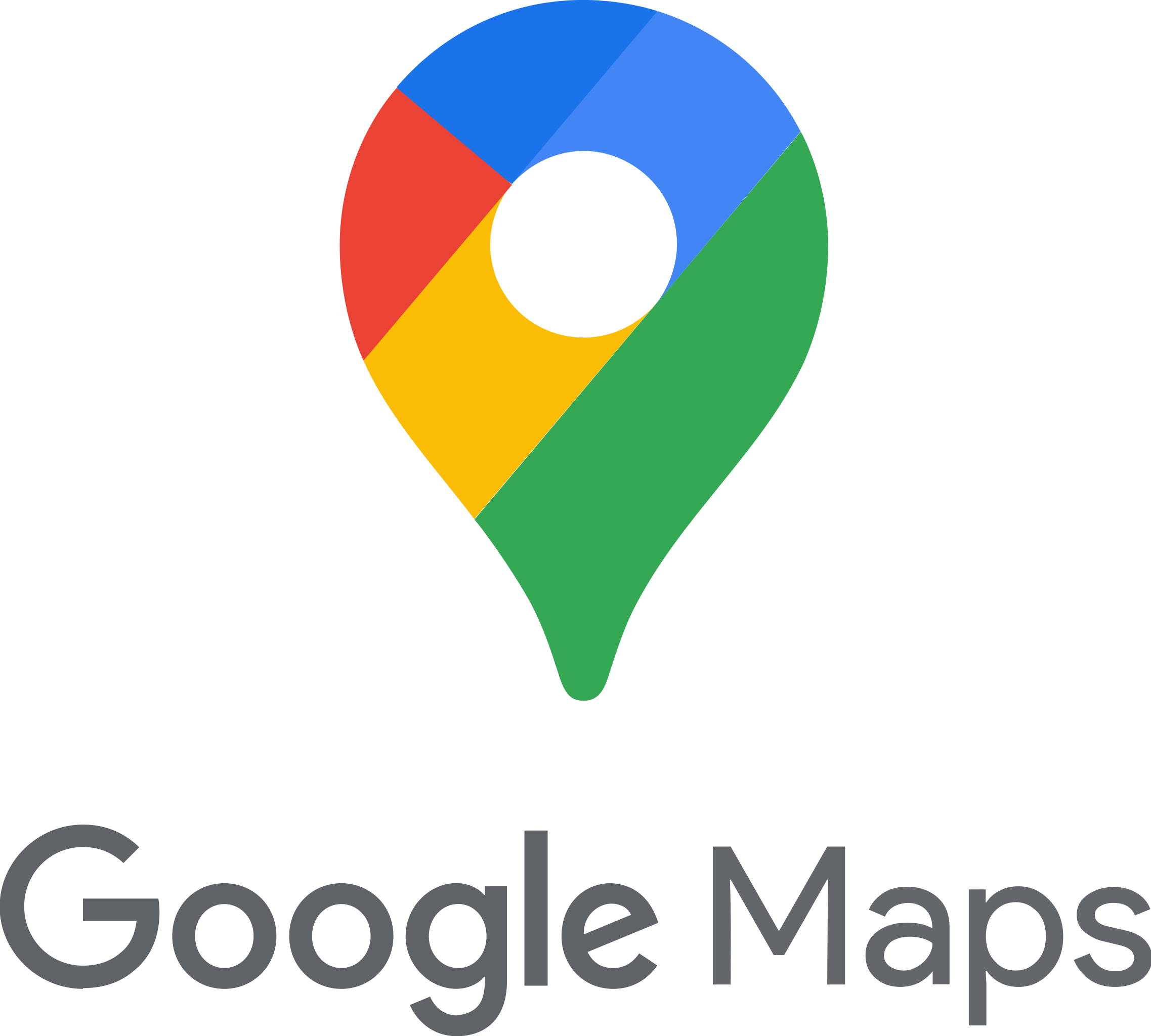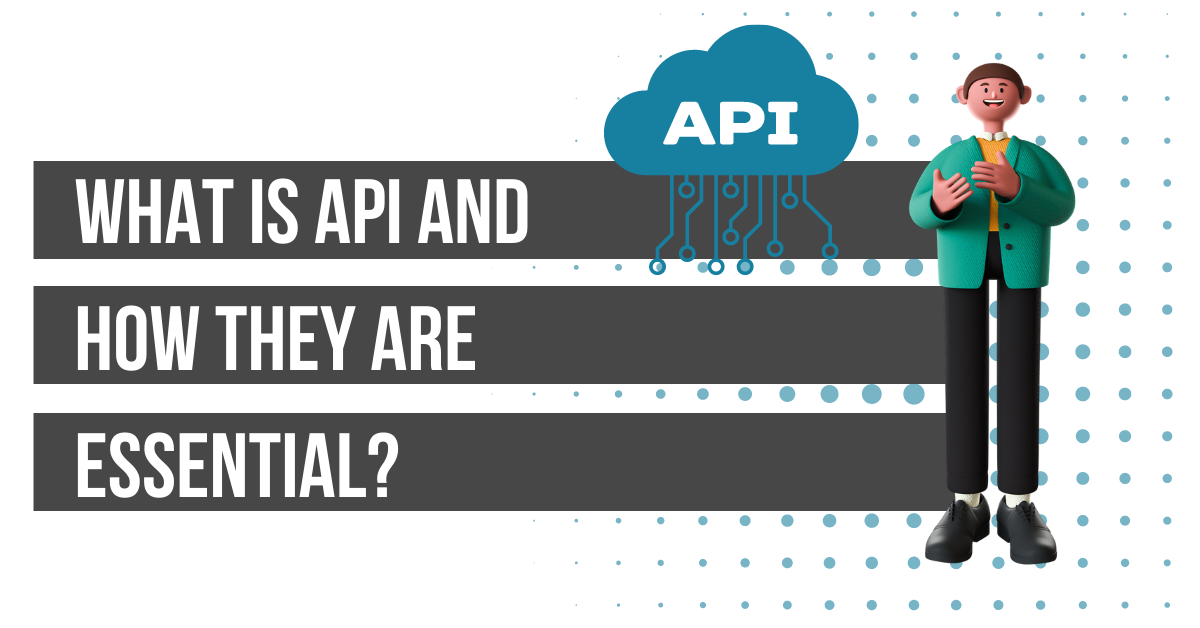API, confused about what it exactly is? Read this article to find out!
You’ve most likely heard the terms API, Public API, or Web API previously. These are regularly utilized by programming organizations when talking about an application, working framework or site. They are utilized wherever in this day and age and proposition a gigantic advantage. In any case, have you at any point thought about what an API really is, or how to utilize it?
What is an API?
How an API works?

How Do APIs Ensure Unlimited Connections?
The applications we use on our mobile phones always show special access to the API account. Achieving information trade between APIs. If you think it opens up basic data in unwanted circles, that’s foolish. At the point where the APIs integrate with each other, they simply offer information settings and orders to the limited information feed. The openness of an object or the internal power of control is limited. You may be providing information on a variety of products or services or in-house activities. The recipient cannot access more than normal data.
For example, the REST API enables the Zomato app to display a restaurant on Google Maps. The ability to collaborate between applications with an API combination makes it ideal for development and better client support.

Applications Make Life Easy for Developers:
Suppose, you want to develop an app for an iPhone. Apple’s iOS operating system provides a large number of APIs—as every other operating system does—to make this easier on you.
If you want to embed a web browser to show one or more web pages, for example, you don’t have to program your own web browser from scratch just for your application. You use the WKWebView API to embed a WebKit (Safari) browser object in your application.
If you want to capture photos or video from the iPhone’s camera, you don’t have to write your own camera interface. You use the camera API to embed the iPhone’s built-in camera in your app. If APIs didn’t exist to make this easy, app developers would have to create their own camera software and interpret the camera hardware’s inputs. But Apple’s operating system developers have done all this hard work so the developers can just use the camera API to embed a camera, and then get on with building their app. And, when Apple improves the camera API, all the apps that rely on it will take advantage of that improvement automatically.
This applies to every platform. For example, do you want to create a dialogue box on Windows? There’s an API for that. Want to support fingerprint authentication on Android? There’s an API for that, too, so you don’t have to test every different Android manufacturer’s fingerprint sensor. Developers don’t have to reinvent the wheel over and over.
The API is also a library of available Java classes, packages and interfaces.
Examples of APIs
Here are a few instances of notable APIs that utilize various conventions and details. Actually take a look at their documentation to get more data and references.

Vulkan
Vulkan is a cross-stage API that chips away at the working framework level. It empowers designers to make top caliber, constant illustrations in applications and drives the correspondence between an application and graphical handling unit. Really look at Vulkan API documentation assuming you're intrigued.

Google Maps
It's a well-known fact that Google is among the tech goliaths, and they have set the norms in the manner different organizations work. Most sites that have a coordinated guide are utilizing the Google Maps APIs. For instance, Google's Directions API utilizes an HTTP solicitation to return XML or JSON-designed headings between geolocations.



